Vatican City — In the heart of the Vatican, Catholic cardinals have convened to elect a new pope, engaging in deliberations that could potentially end a 47-year interval of non-Italian papal leadership. Historically, the Italian influence over the papacy was unbroken from 1523 until 1978, when Polish Pope John Paul II ascended to the role, marking a significant shift that continued with German Pope Benedict XVI and Argentine Pope Francis.
The conclave, held within the hallowed walls of the Sistine Chapel, involves secretive ballot casting by the cardinals, as they assess whether to restore the Italian tradition or pursue the international leadership trend that has characterized recent decades. This decision, awaited by the global Catholic community, is seen as pivotal not only for its immediate ecclesiastical implications but also for its broader impact on the Church’s geopolitical and interfaith dynamics.
With approximately 80% of the Church’s 266 popes being Italian, the historical precedent exerts substantial influence. However, the modern era has demonstrated a growing acceptance of diverse nationalities, reflecting the Church’s universal reach. The retirement of Pope Benedict XVI, citing health concerns, was the first such resignation in nearly six centuries, adding a layer of gravity to the proceedings.
As the cardinals deliberate, they consider candidates’ abilities to address contemporary challenges, ranging from declining church attendance to fostering interfaith dialogue. This conclave not only evaluates theological vision and pastoral experience but also the potential for the new pope to resonate with Catholics worldwide.
The election’s outcome is expected to affect Church policy and influence global Catholic communities for decades. It symbolizes a pivotal moment where tradition meets modernity, with the eventual decision announced through the age-old signal of white smoke emanating from the Sistine Chapel’s chimney.
As the conclave progresses, the world awaits the cardinal electors’ choice, anticipating its implications for the future trajectory of the Roman Catholic Church. This significant gathering reflects both historical patterns and evolving pathways, underscoring the delicate balance between upholding tradition and embracing relevant, representative leadership.

